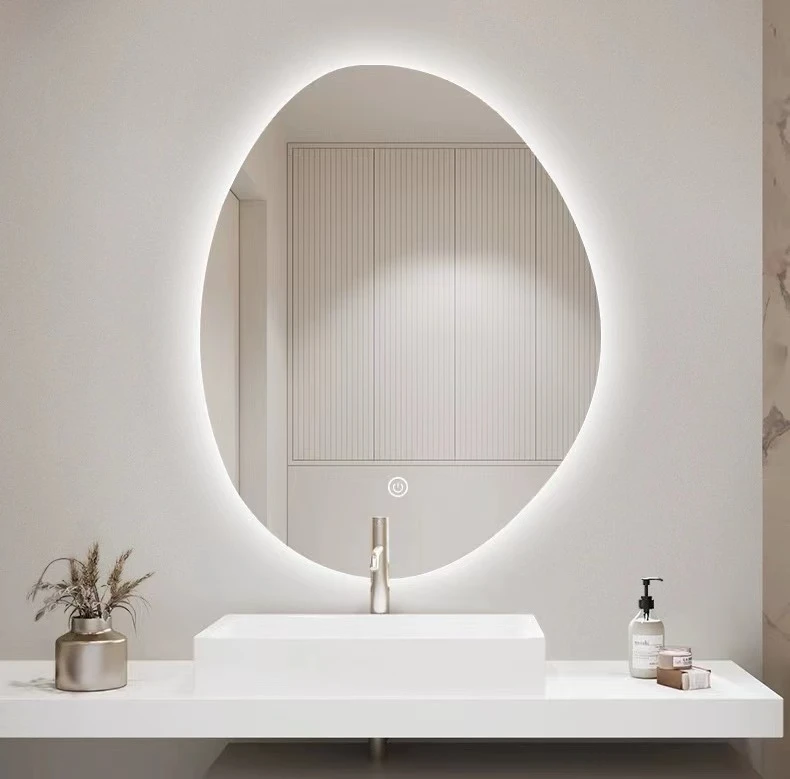

The Enigmatic Charm of Mirror Glass Design
Mirror glass design has gained remarkable popularity in contemporary architecture and interior decor, capturing the essence of modern sophistication and elegance. With its reflective properties, mirror glass not only enhances aesthetics but also plays a functional role in creating the illusion of space and light. This article explores the unique qualities of mirror glass design, its applications, and its impact on our living environments.
At the heart of mirror glass design is its ability to manipulate light. Unlike ordinary glass, mirror glass reflects light instead of merely allowing it to pass through. This characteristic opens up a realm of possibilities for architects and designers. By strategically placing mirror glass elements in a space, one can amplify natural light, making interiors feel brighter and more inviting. The reflective surface can bounce light around a room, eliminating shadows and creating a sense of openness, which is especially valuable in smaller spaces.
The versatility of mirror glass extends beyond mere reflection. It can be used in various forms—walls, ceilings, furniture, and decorative accents. For instance, a mirrored accent wall can serve as a stunning focal point in a living room, adding depth and dimension to the space. Similarly, mirror glass tabletops can create a sense of luxury while visually expanding the room. In commercial settings, mirror glass is often utilized in facades to create striking exteriors that catch the eye and reflect the surroundings, seamlessly blending the building with its environment.

One of the most exciting aspects of mirror glass design is its potential for creativity and innovation. Designers can experiment with different shapes, sizes, and finishes to create unique pieces that stand out. From sleek, modern lines to intricate, ornate frames, mirror glass can be tailored to fit a wide range of styles, from minimalist to opulent. Moreover, advances in technology have led to the development of smart mirror glass that can incorporate touchscreen interfaces, lighting controls, and even augmented reality features, pushing the boundaries further into the realm of functionality.
However, mirror glass design is not without its challenges. The reflective nature of the material can create issues with glare and privacy. Therefore, thoughtful consideration is crucial when integrating mirror glass into a space. Designers often employ various techniques, such as positioning mirrored surfaces at angles or pairing them with other materials, to mitigate these issues. Additionally, maintenance can be a concern, as fingerprints and smudges can be more visible on mirrored surfaces, requiring regular cleaning to maintain their pristine appearance.
In conclusion, mirror glass design is a captivating blend of artistry and practicality. Its ability to enhance light, create illusions of space, and transform ordinary environments into extraordinary ones makes it a favored choice among architects and designers. As technology continues to advance, the potential for innovative applications of mirror glass will only grow, allowing for new expressions of style and functionality. Whether used in residential or commercial settings, mirror glass design has the power to elevate spaces, making them more dynamic and visually engaging. As we look to the future of design, the enchantment of mirror glass will undoubtedly continue to shine through.